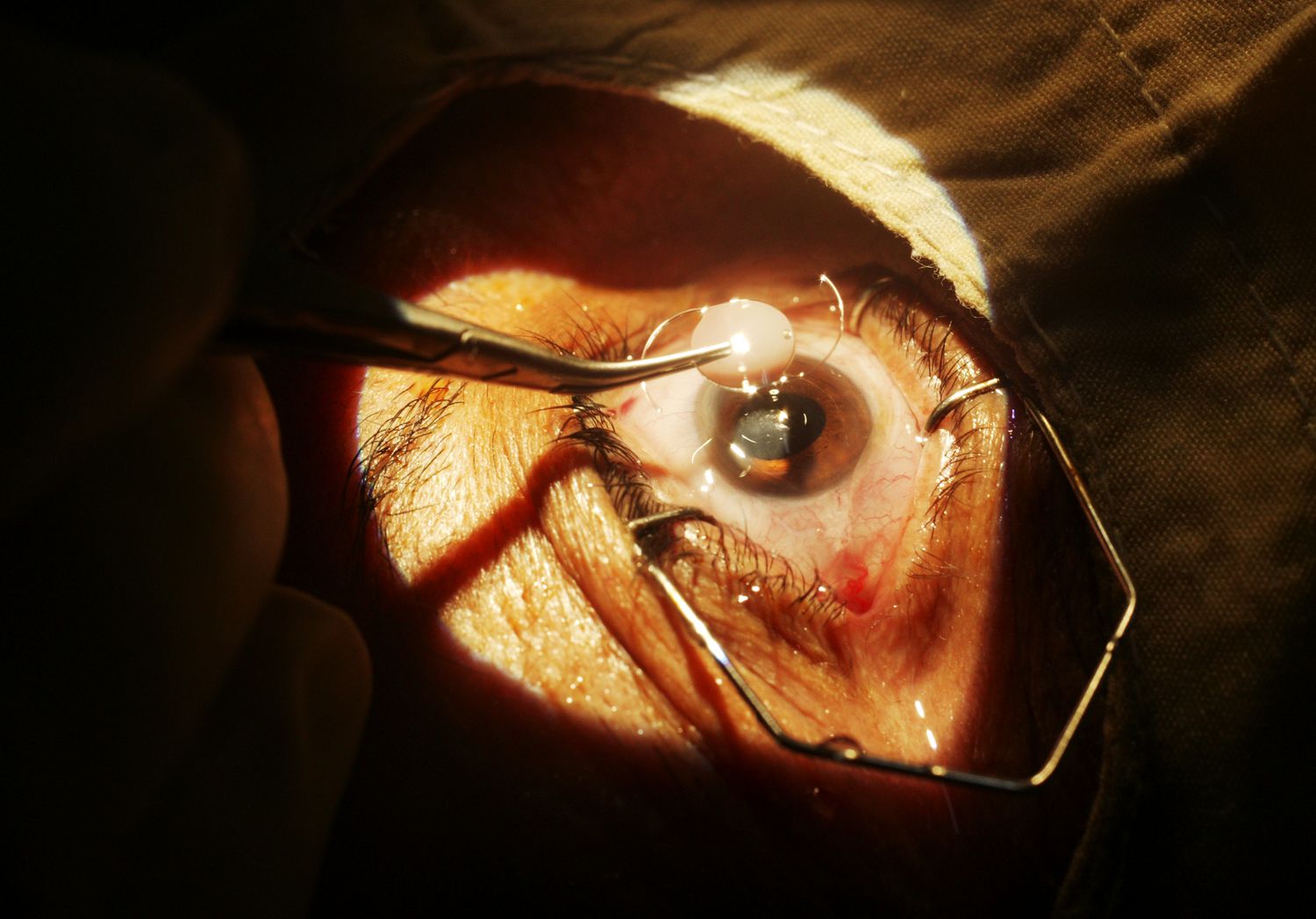
Cataract Surgery
Cataract is caused by the clouding of the natural lens of the eye and usually develops as a result of old age, but may occur in infants and young children too. This results in blurred vision, glare, and sensitivity to bright lights. As the disease progresses, it leads to painless, progressive decrease in vision which can also result in a poor quality of life, interfering with day-to-day activities like driving and reading.
A healthy lifestyle helps prevent cataract, but in case if it happens, it is managed by spectacles. However, as the disease progresses, or if the central vision deteriorates, the only option for its management is a surgery. Cataract surgery in Delhi entails sucking out the natural lens after emulsifying it inside the eye by a process known as Phacoemulsification. After this, a customized, artificial intraocular lens (called IOL) is placed in its position which restores natural and normal vision.
- People whose age is more than 60 years
- People with prolonged use of steroids
- Overexposure to ultraviolet rays
- People with Diabetes
- Eye injuries
After a thorough and comprehensive eye evaluation, our doctors will discuss with you the diagnosis of cataract and your best corrected visual acuity (your vision with glasses). They will also help you judge for yourself, with trial lenses, if you are comfortable with this vision with glasses in your day to day life or not.
In case, if you are not comfortable, in the absence of any eye disease that may affect your vision, the surgeon will discuss with you the possibility of cataract surgery
There is no medication for treating cataract, but surgery has long proven to be an effective treatment for the disorder. With the advancement in technology, it is now safer, to get a surgery, than ever to get your vision corrected with minimal risks involved.
The decision to have surgery depends on the degree to which your vision is impaired. Although some persons with cataracts find that their vision improves by using eyeglasses, magnifying lenses or stronger lighting. However, the only real way to cure cataracts is by surgery. If cataracts affect both eyes, each eye operation is scheduled and performed separately. The cataract operation involves two major steps
- Extracapsular Cataract Extraction (ECCE)In this procedure, the cataractous lens is broken up using either a laser (latest: AI-LenSx Femto) or using ultrasound waves (Phaco emulsification). The broken lens is then extracted through a tiny hollow tube. The normal lens capsule surrounding the lens is left intact.
- Intracapsular Cataract Extraction (ICCE)In this procedure, the cataractous lens is taken out as a whole by making a big incision cut on the eye then the incision is closed using 5 to 7 stitches. This procedure has become obsolete now.
Once the lens is removed, it may be replaced by one of the three options:
- An intraocular lens (an artificial lens placed in the eye during cataract surgery);
- A contact lens; or
- Special cataract glasses with very powerful magnification.
